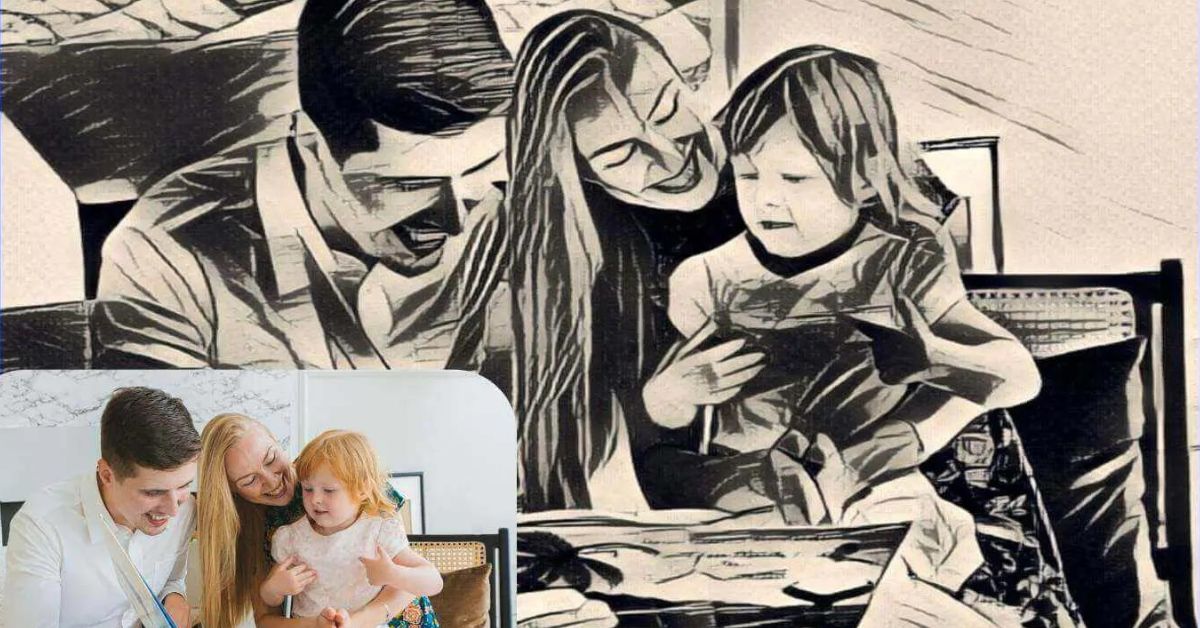So, you’ve created a beautiful vector design. Maybe it’s a custom logo, a cute quote, or a detailed pattern you’re proud of. It might even be something inspired by a favorite story or theme, like a whimsical take on a Don Quixote summary turned into a wall decal or T-shirt design. But now what? How do you take that design from your screen and turn it into something you can hold, wear, or sell?
Good news: it’s not as hard as it sounds. With the right tools and a few clear steps, you can turn your digital design into a real-life product. Whether you’re crafting with a Cricut or Silhouette machine, using a laser cutter, or planning to print on shirts, mugs, or paper, this guide will walk you through the process.
Let’s break it down.
Step 1: Finalize Your Vector Design
Before anything else, make sure your design is clean and ready.
- Use the Right Format: Save your work as an SVG (Scalable Vector Graphic) file. This is the go-to format for most cutting and printing machines because it keeps your design sharp at any size.
- Check Layers and Paths: If you’re using apps like Adobe Illustrator, Inkscape, or any online SVG editor (like those from Vectordad.com), double-check that your shapes are properly layered and grouped.
- Simplify When Needed: Keep it simple, especially if you plan to cut it with a machine. Too many tiny details can get lost or cause cutting issues.
Step 2: Choose Your Output Method
Your finished product depends on what kind of machine or process you’re using. Here are the most common routes:
1. Cutting Machines (Cricut or Silhouette)
Great for: vinyl decals, custom t-shirts, paper crafts, stickers, stencils.
- Upload your SVG to Cricut Design Space or Silhouette Studio.
- Adjust the size and layout.
- Select your material (vinyl, iron-on, cardstock, etc.).
- Let the machine do the cutting.
Tip: Don’t forget to mirror your design if you’re using heat transfer vinyl!
2. Laser Cutters
Great for: wood, acrylic, leather, fabric, and more.
- Prepare your SVG file using software that works with your specific laser cutter (Glowforge, xTool, etc.).
- Choose the right settings for speed and power based on your material.
- Place your material inside the machine and start cutting or engraving.
Tip: Always test on a small area first to make sure the settings are right.
3. Printing on Products
Great for: t-shirts, mugs, bags, posters, cards.
You can use:
- A home printer (for paper crafts, cards, or stickers).
- Heat press with iron-on transfers.
- Sublimation printer (for mugs, shirts, etc.).
- Print-on-demand services like Printful or Redbubble.
Make sure your design has the right resolution and color format (usually RGB for digital, CMYK for printing).
Step 3: Test Your Design
Before you make a batch of products, test your design on a sample. This helps you:
- Spot any alignment or sizing issues.
- See if you like the colors and final look.
- Avoid wasting materials.
For example, cut your design on cheap cardstock before using expensive vinyl. Or print a mug design on paper before doing sublimation.
Step 4: Assemble or Apply the Product
Once your design is cut or printed, it’s time to finish the job.
- For vinyl decals: Use transfer tape to move your design onto the surface (like a wall, mug, or car window).
- For t-shirts: Use a heat press or iron to apply heat transfer vinyl.
- For laser-cut projects: You may need to paint, glue, or assemble the final product.
- For printed items: Trim edges, fold cards, or pack your products if selling them.
Take your time. The finishing touches make all the difference!
Step 5: Show It Off or Sell It
Once your product is ready, take photos, share it online, or package it for customers. If you’re planning to sell your creations:
- Consider creating mockups to show different versions.
- List items on Etsy, Shopify, or your personal website.
- Mention that your designs are handmade or custom for that personal touch.
And don’t forget to keep your vector file saved safely. You might want to tweak it later or use it for another product type.
Bonus Tips for Success
Here are a few quick tips to help you get the best results:
- Keep backups of your original vector files.
- Use quality materials (cheap vinyl or paper can ruin a great design).
- Label your files clearly, especially if you’re creating different versions (e.g., for print vs. cut).
- Explore free online tools like those on Vectordad.com for editing, mockups, and ready-made templates.
Final Thoughts
Converting vector designs into real-life products might seem technical at first, but it’s actually a fun and rewarding process. You’re taking something you imagined and turning it into something people can wear, use, or admire. With a little practice and the right tools, anyone can do it, even if you’re new to crafting.
So, dust off that SVG file, power up your machine, and start creating. Whether you’re making a birthday card, a wedding sign, or your next bestseller on Etsy, it all starts with a great vector.
